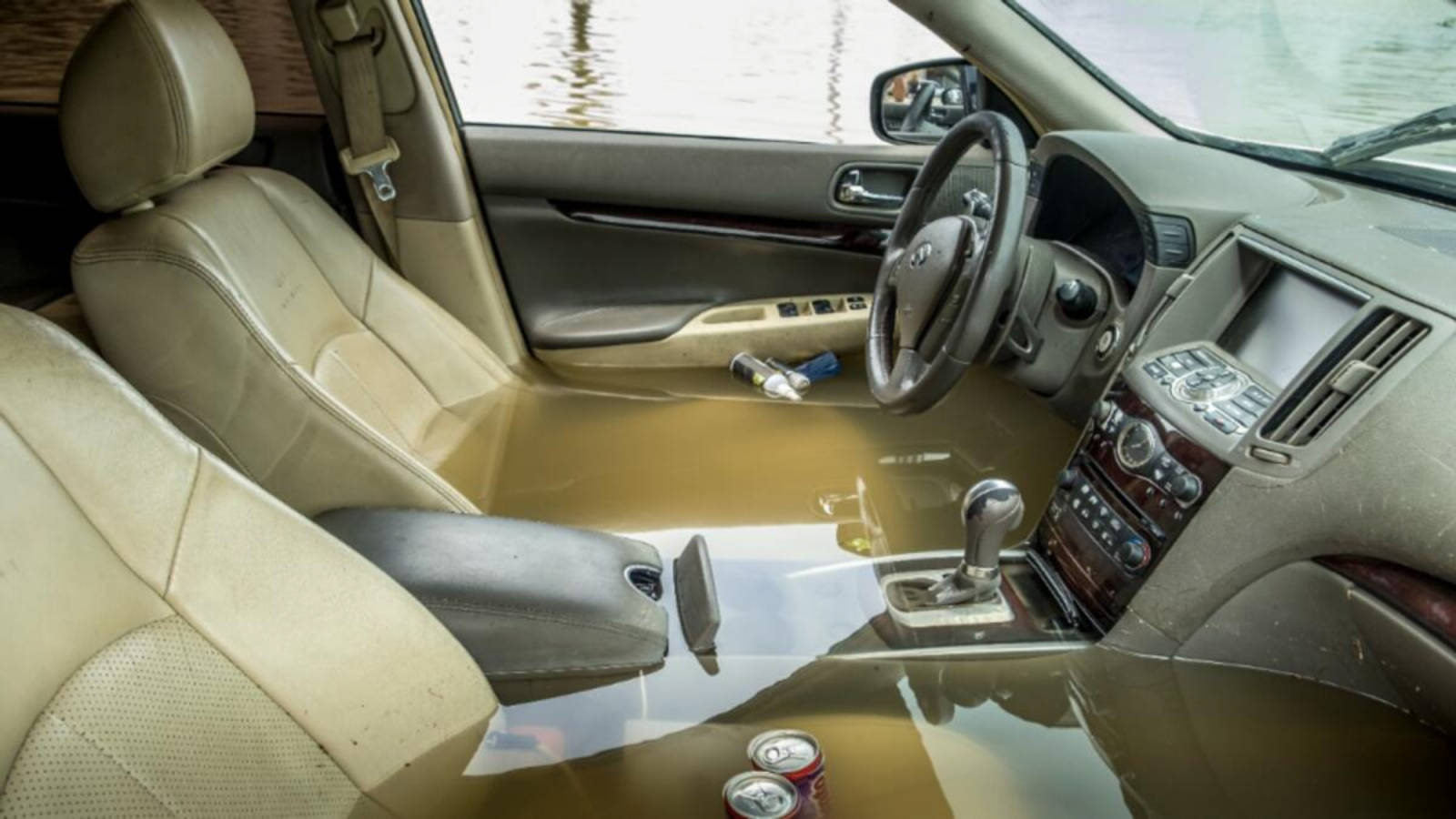Get To Know Your Car Better: A Detailed Guide To Automotive Terms — Infotainment

Infotainment, a combination of “information” and “entertainment,” refers to the integrated multimedia systems found in modern vehicles. These systems provide a range of features, including entertainment, navigation, connectivity, and vehicle information, all accessible through a central display unit. Infotainment systems aim to enhance the driving experience by offering a seamless and intuitive interface for both drivers and passengers.
Which is the first car to feature a touchscreen?
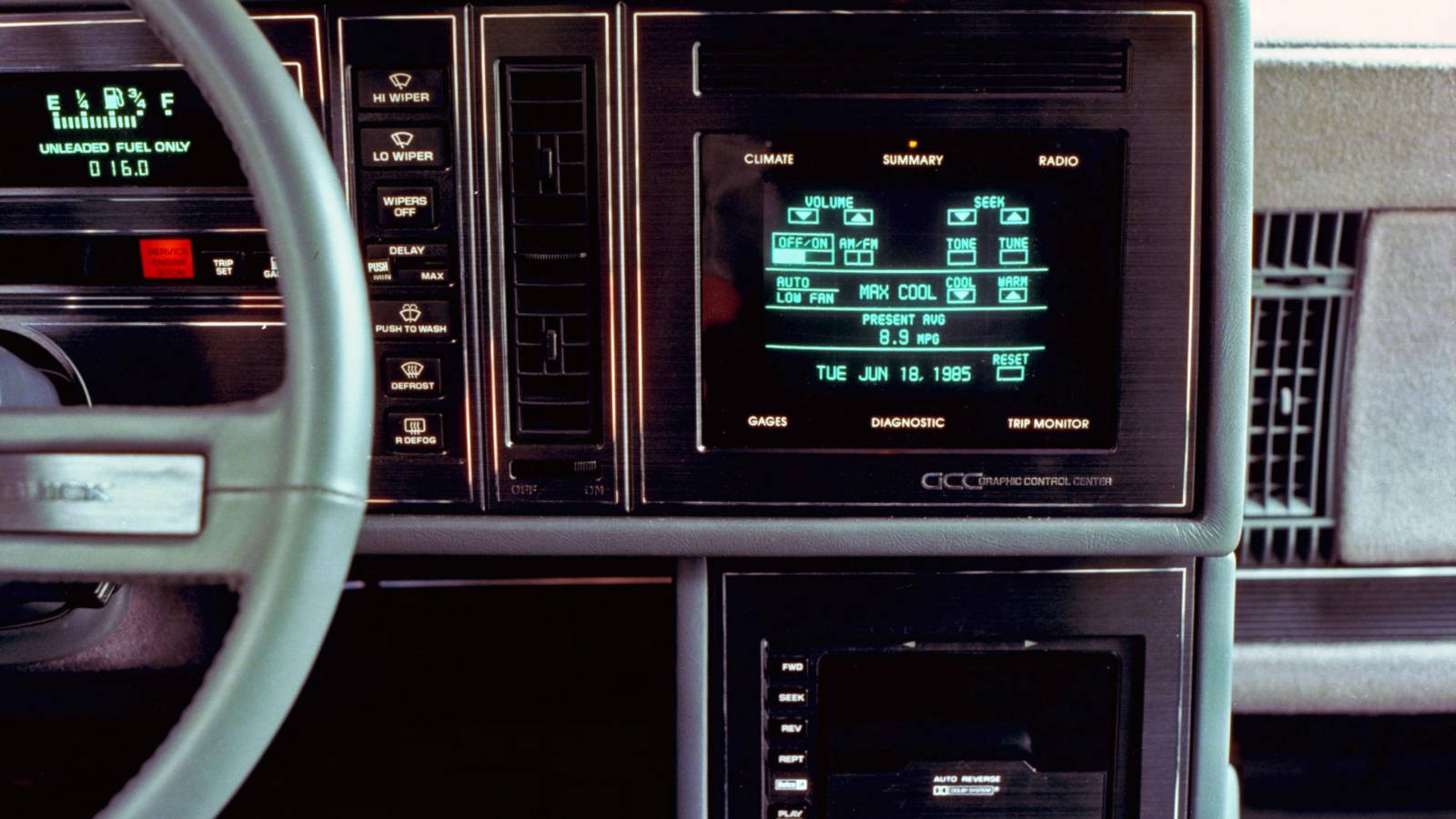
The 1986 Buick Riviera is credited as the first car with a touchscreen infotainment system, introducing the “Graphic Control Center.” This pioneering system allowed users to control various vehicle functions through a touch-sensitive display, setting the stage for the touchscreen interfaces we see in modern vehicles today.
Which car featured a modern infotainment system?

The first car to feature a modern infotainment display is widely considered to be the 2000 BMW 7 Series. This luxury sedan introduced the iDrive system, featuring a central control knob and a dashboard-mounted display, setting the trend for integrated infotainment solutions in subsequent vehicles.
Let’s dive into a bit of history on the infotainment system starting with its evolution.
Evolution
The evolution of infotainment systems in vehicles has been marked by significant technological advancements and changing consumer preferences. From basic audio features, these systems have transformed into sophisticated, multifunctional hubs, enhancing the overall driving experience.

Early Entertainment System
8-track: Short for “Auto 8 Track,” was an early magnetic tape sound recording format. It gained popularity in the 1960s and 1970s as an automotive entertainment option, providing a convenient way to play music in cars.
Cassette: Cassette players became prevalent in the 1980s and 1990s, offering a compact and rewritable tape format. Cars equipped with cassette decks allowed users to play music and, in some cases, record audio.
CD Players: The introduction of CD players in the 1980s and 1990s marked a shift towards digital audio, offering improved sound quality and greater storage capacity.
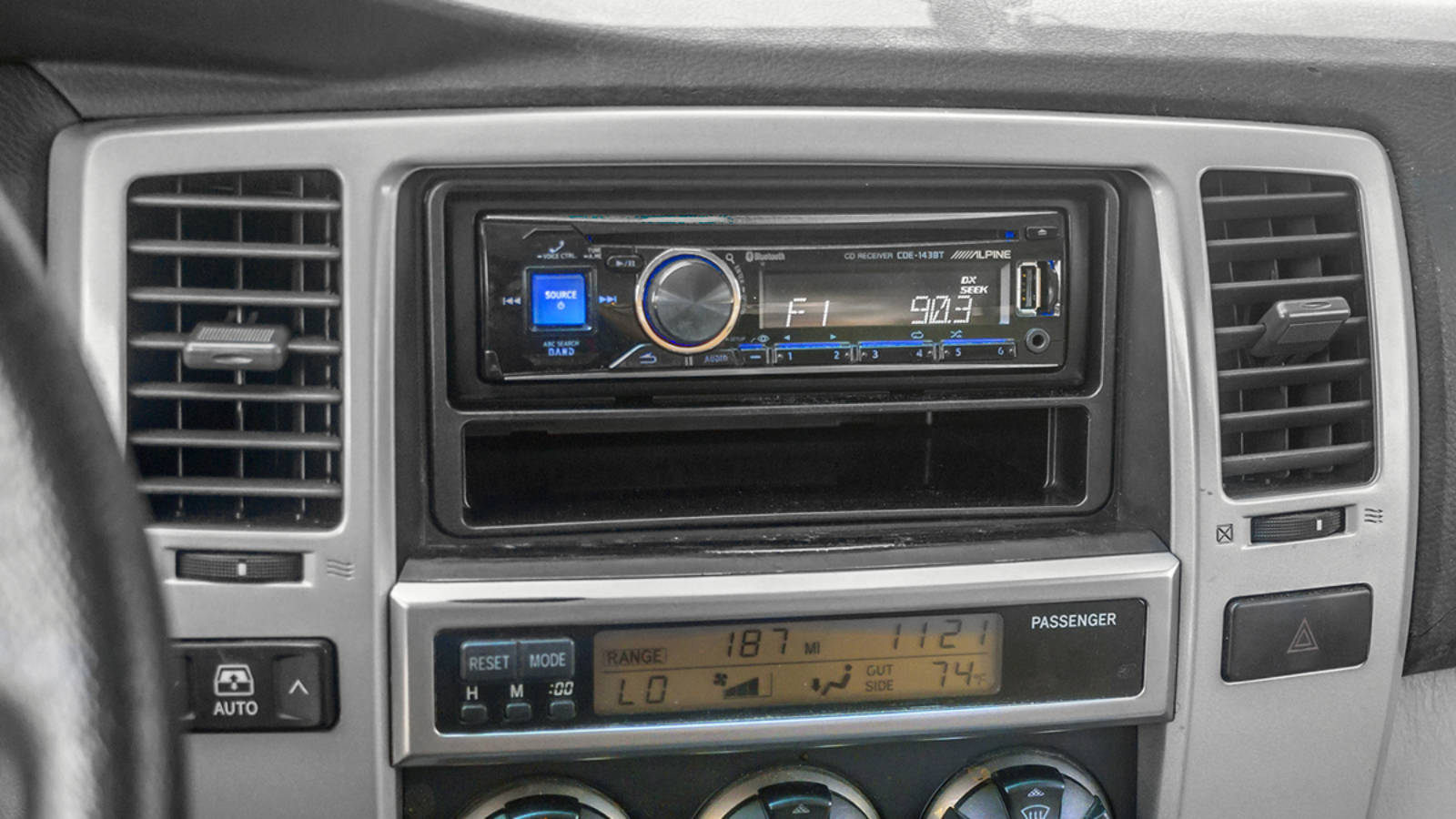
Single Din: Refers to a standard size for car stereos and head units that occupy a single dashboard opening. Single Din units were common in older vehicles.
2-Din: This larger size format accommodates double the height of a Single Din unit, providing more space for additional features and larger displays.
Navigation Devices: Early navigation devices, such as GPS systems and map-based solutions, were considered a part of infotainment, offering drivers assistance in finding routes and locations.
Modern Infotainment Systems
Touchscreen Interfaces: The 2000s saw the emergence of touchscreen interfaces, starting with the BMW 7 Series. This allowed for more intuitive control over various functions, from audio settings to navigation.
Connectivity: With the rise of smartphones, infotainment systems began integrating connectivity features, enabling hands-free calling, music streaming, and access to apps directly from the vehicle’s interface.
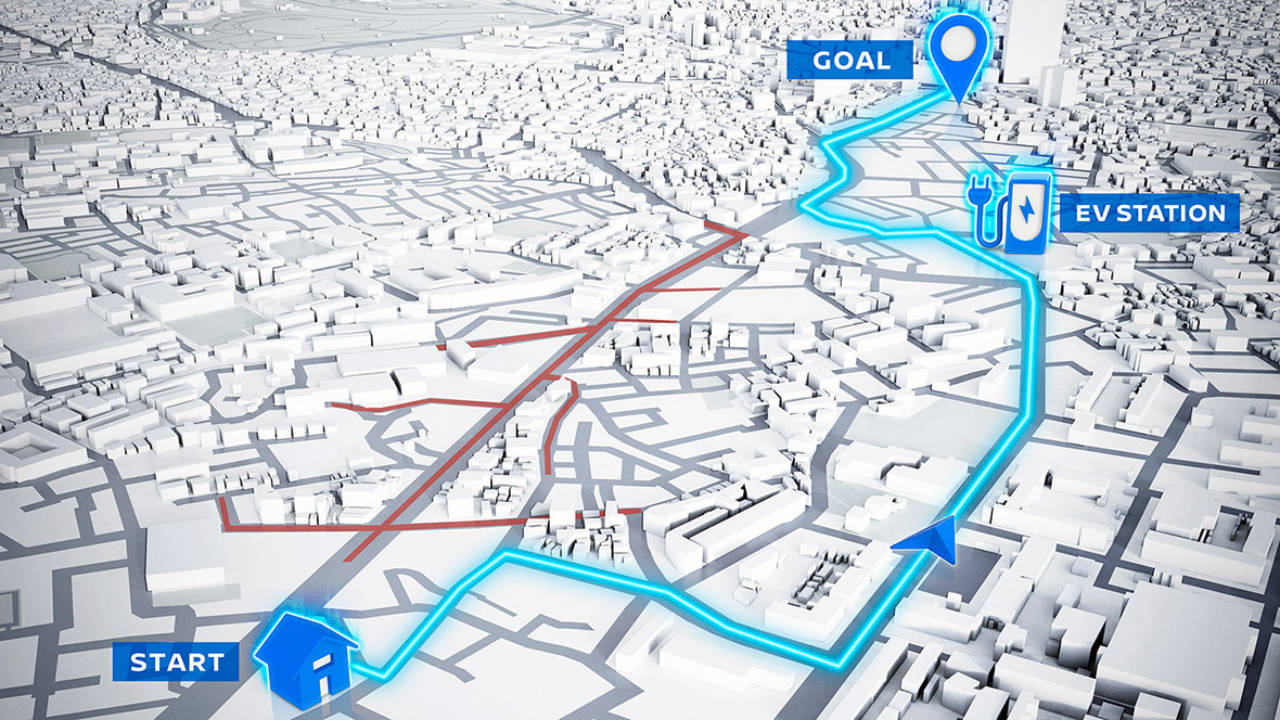
Inbuilt Navigation: Many modern vehicles come equipped with inbuilt navigation systems, providing GPS-based directions and maps without relying on external devices.
Android Auto and Apple CarPlay: The widespread adoption of these platforms in the mid-2010s allowed seamless integration of smartphones with infotainment systems, providing familiar interfaces and access to a range of apps.
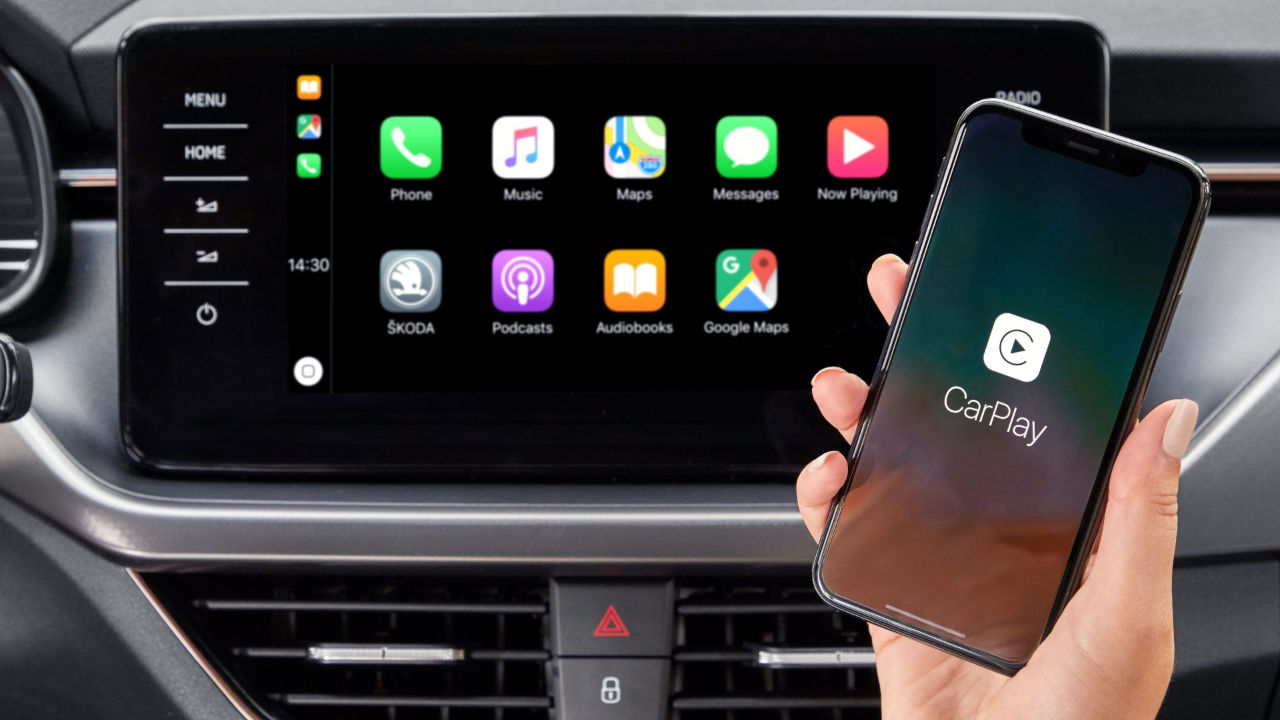
Internet Connectivity: Modern infotainment systems often have built-in internet connectivity, offering real-time updates, online navigation, and access to a variety of cloud-based services.
AI Integration: Recent advancements include the integration of Artificial Intelligence (AI), allowing infotainment systems to learn user preferences, offer personalized recommendations, and provide a more adaptive and intuitive user experience.
Audio System
Speakers: These are components responsible for producing sound within the car. High-quality speakers enhance the audio experience.
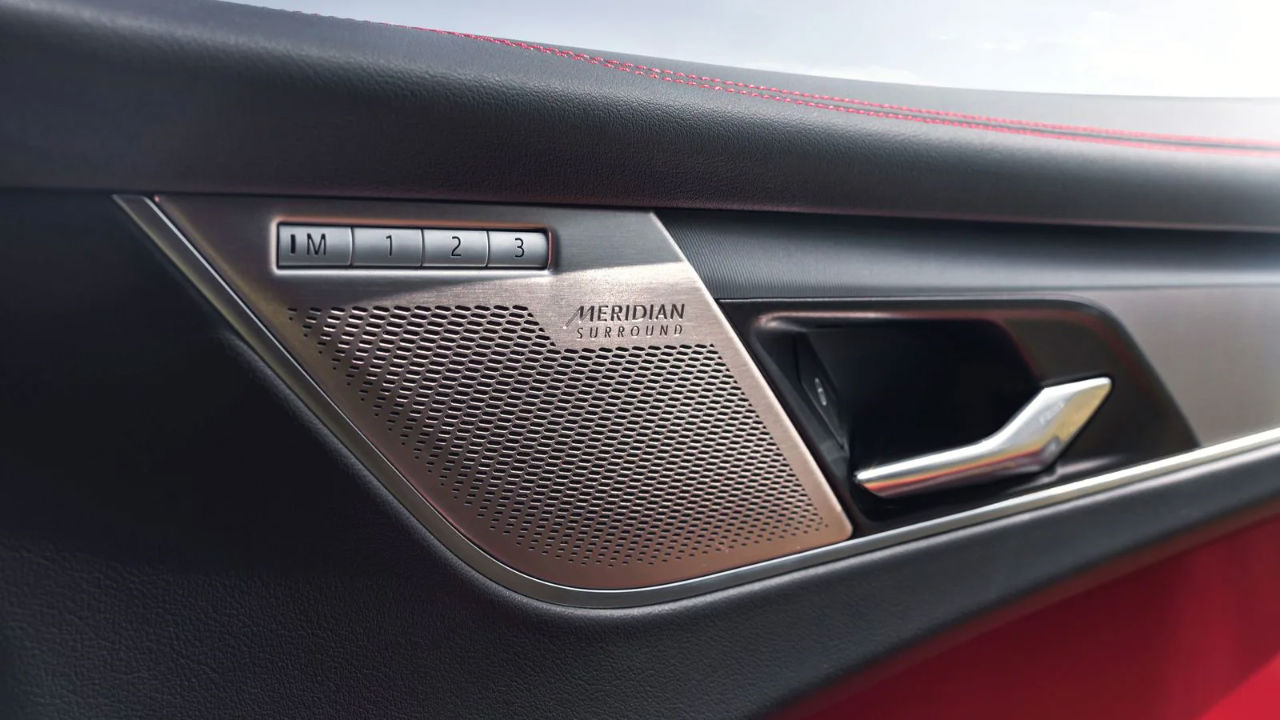
Subwoofers: Subwoofers reproduce low-frequency sounds, adding depth and richness to the audio.
Amplifiers: Amplifiers increase the power of the audio signal, ensuring clear and powerful sound reproduction.
Tweeters: These small speakers reproduce high-frequency sounds, contributing to a well-balanced audio experience.
Safety Features On Infotainment
360-degree Camera Support: Modern infotainment systems often integrate 360-degree camera support, providing drivers with a comprehensive view of their surroundings. This feature enhances safety and manoeuvrability, especially in tight spaces.
Parking Guidelines: Infotainment systems commonly provide dynamic parking guidelines on the display, assisting drivers in aligning their vehicles accurately within a parking space.

Automated Parking: Some vehicles with advanced infotainment systems offer automated parking assistance. Using sensors and cameras, the car can take control of steering and, in some cases, braking, to autonomously park in parallel or perpendicular spaces. The driver typically manages the accelerator and monitors the operation through the infotainment display.
Advanced Driver Assistance Systems (ADAS) Integration: Advanced Driver Assistance Systems (ADAS) are features designed to assist drivers in the driving process, providing additional safety. Modern infotainment systems often support ADAS features, including lane departure warning, adaptive cruise control, and collision avoidance systems. These technologies contribute to a safer and more comfortable driving experience.
The modern infotainment system is revolutionizing the driving experience with the latest technology. Here are top 10 infotainment features equipped in latest cars.
Those are all the important terminologies involved in a car’s infotainment. We will be explaining other interior sections of a car in the coming weeks in our weekly guide to automotive terms. Keep an eye on the DubiCars Blog section for more such guides.
Looking to own a car? Here is a list of used cars on sale in the UAE and new cars on sale in the UAE.



